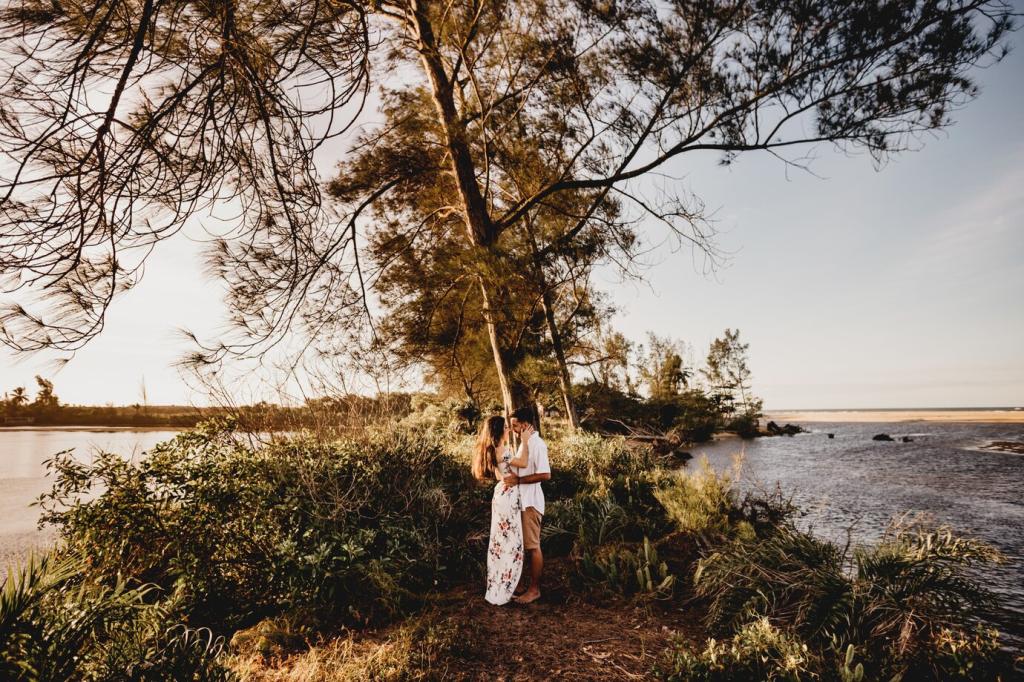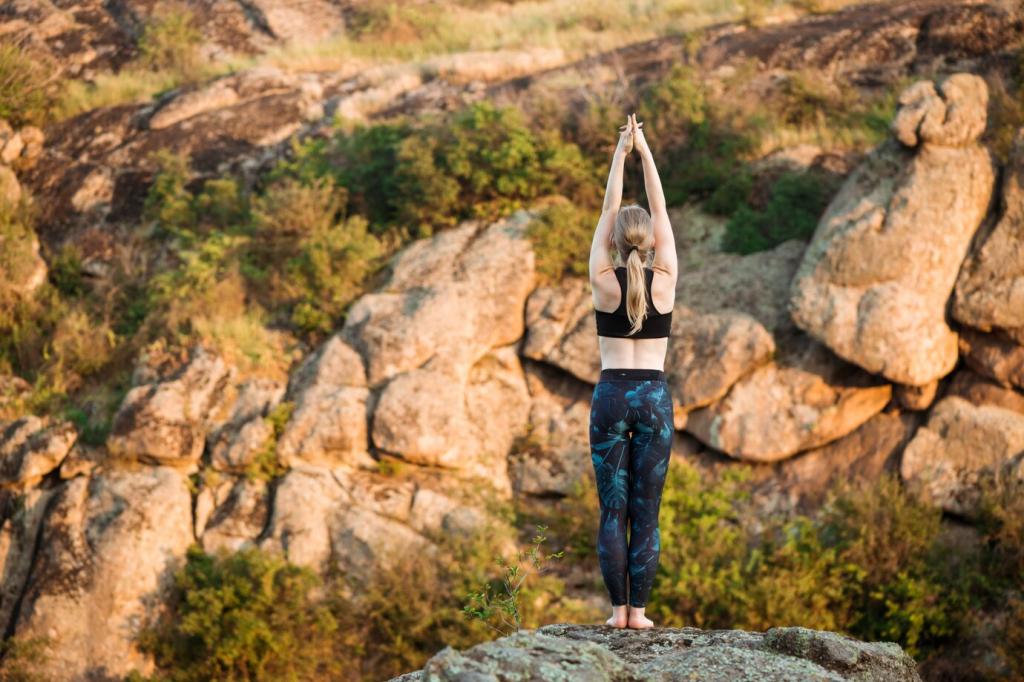Sensory Awareness: Seeing, Hearing, Feeling the Wild
Pause before pitching the tent: name five things you see, four you feel, three you hear, two you smell, one you taste. Let your gaze settle on textures—granite flecks, moss velour, ember glow. This quick, playful inventory roots you in place and eases travel buzz into restful presence.
Sensory Awareness: Seeing, Hearing, Feeling the Wild
Close your eyes and sketch a sound map in your mind: waves lapping left, a distant jay scolding high in a pine, your breath steady at center. Estimating direction and distance trains attention. Later, redraw it in your journal and compare impressions with friends to spark thoughtful campfire conversation.


